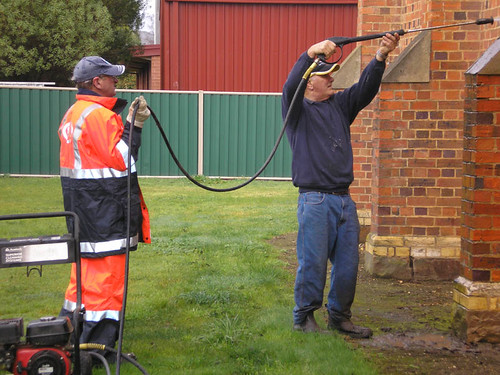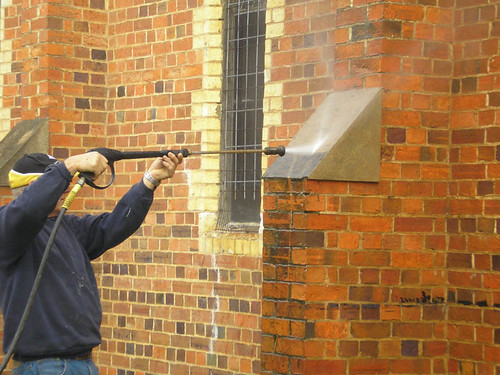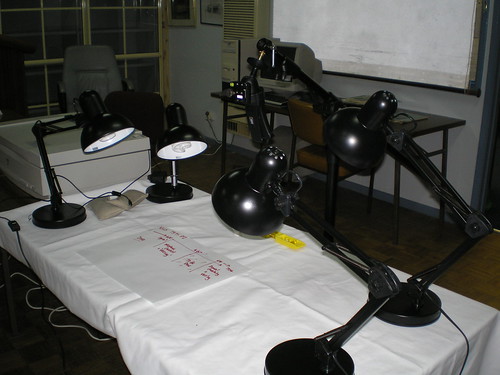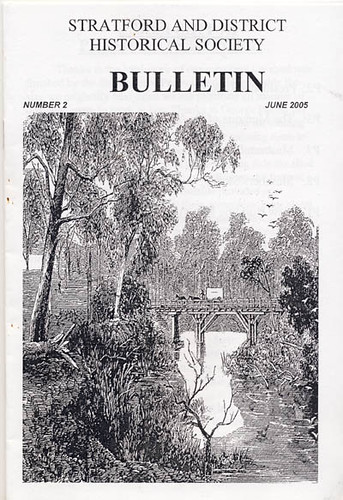Veterans' Heritage
Memorial Plaque to Louie Riggall, Maffra Library
Reminder - there is a Veterans' Heritage workshop at Sale on 27 September - it is designed for RSLs, however those collections that also hold war history material are welcome to attend. It consists of basic collection care workshop by Euan McGillivray, and a session on the Victorian Collections (an online cataloguing database) by Peta Knott.
News on the Public Record Office facebook page that a new database of Victorian War Heritage is now available. You can search it in a number of ways.
Briagolong Cenotaph
It is easy for me to find photographs for this post - I have them all ready in my Flickr set for Gippsland War Memorials.








